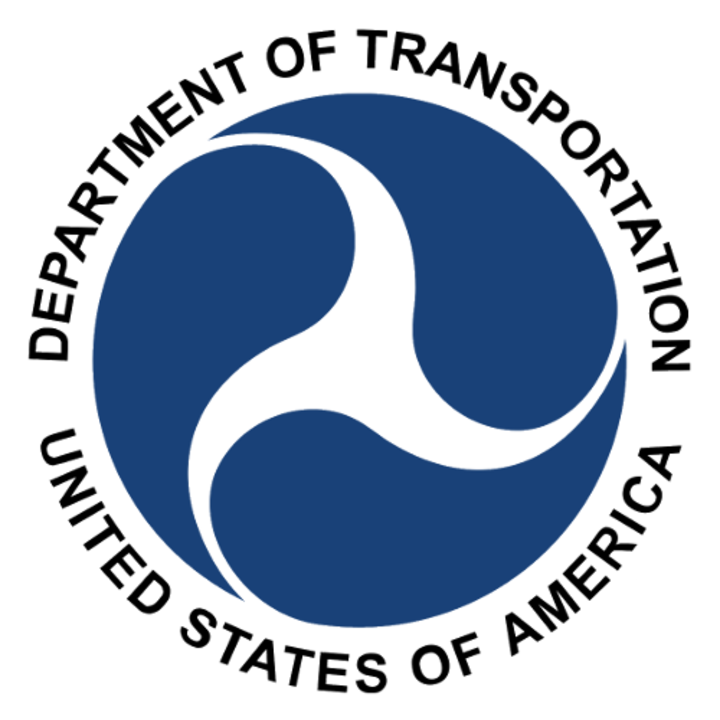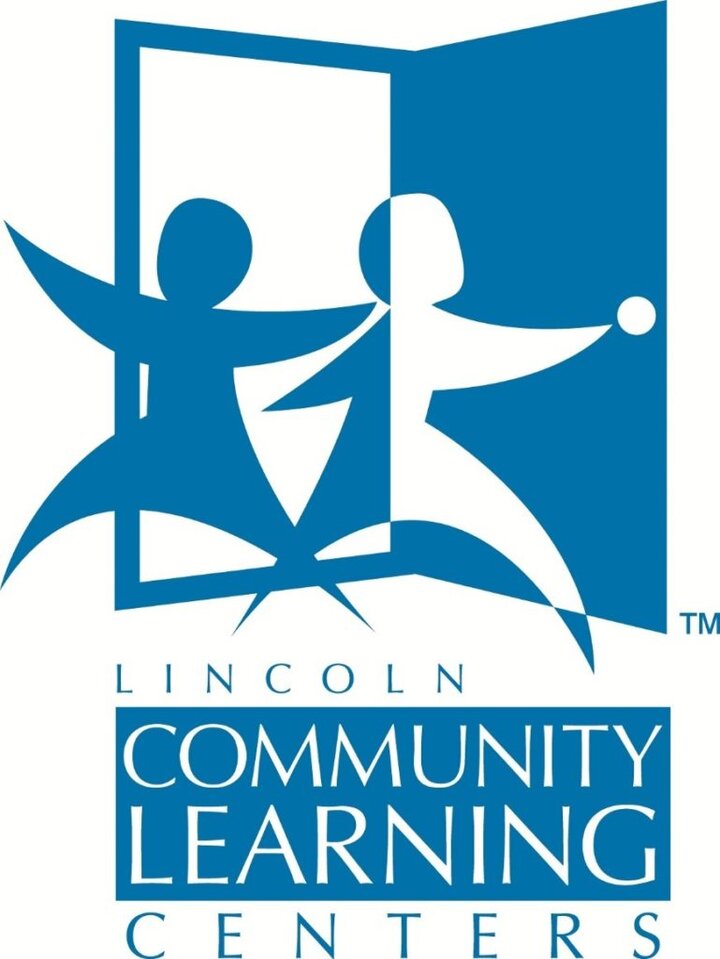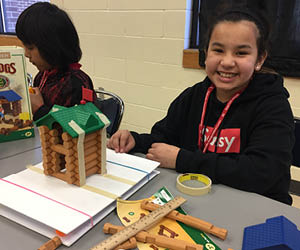
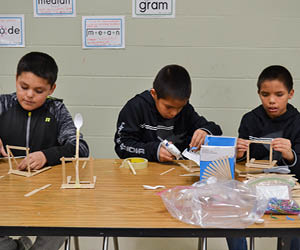
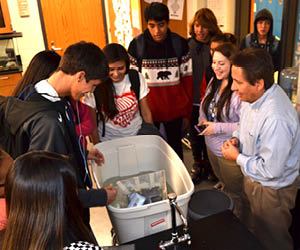
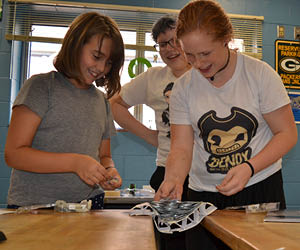
Impact Since Inception in 2010
Unique student participants: 2,441
Total weekly attendance: 15,073
Participating organizations: 24 schools in 7 cities across 3 states.
About the Program
Research shows that engaging students in science, technology, engineering and math (STEM) learning outside the regular classroom has a profound impact on shaping students’ attitudes toward STEM subjects and their future career goals. With funding from the United States Department of Transportation, MATC developed an innovative transportation engineering after-school club. The “Roads, Rails, and Race Cars” (RRRC) program was piloted at a middle school in Lincoln, Nebraska in 2010. Over the years, the program expanded beyond the borders of Lincoln to include Omaha, Nebraska; Boone, Iowa; and Madison, Wisconsin. In 2017, MATC began partnering with tribal schools in Nebraska to expand the after-school program to Native American students in Macy, Winnebago, and Santee.
RRRC is open to all Federal Region VII middle schools interested in promoting STEM education and transportation careers. Each participating school offers the program for an hour every week. Mentors and industry representatives present on engineering or transportation-related topics and lead students in an interactive activity that encompasses the concepts of the lesson. The curriculum is developed collaboratively by UNL faculty, MATC staff, local teachers, and undergraduate student mentors. MATC can offer the after-school program in the summertime by request.
RRRC has been implemented at:
- Winnebago Public School
- Santee Community School
- UmoNhoN Nation Public School
- Culler Middle School
- Dawes Middle School
- Goodrich Middle School
- Park Middle School
- Mickle Middle School
- Lefler Middle School
- Maxey Elementary School
Watch Video - After School Program: Roads, Rails and Race Cars Abstract
Lesson Plans
Below are a few examples of the exciting curriculum employed by mentors to enhance students’ learning experience:
| Building penny barges to learn about water freight |
| Constructing bridges and conducting strength tests |
| Creating towers that can withstand simulated earthquakes and floods |
| Building race cars powered by potential energy stored in a rubber band |
| Observing walking, running, and skipping speeds and using LIDAR guns to calculate speed, velocity, and their role in safety |
Contact Info
Ezzat Haider
MATC Education & Outreach Program Manager
402-472-1994
ehaider2@unl.edu

